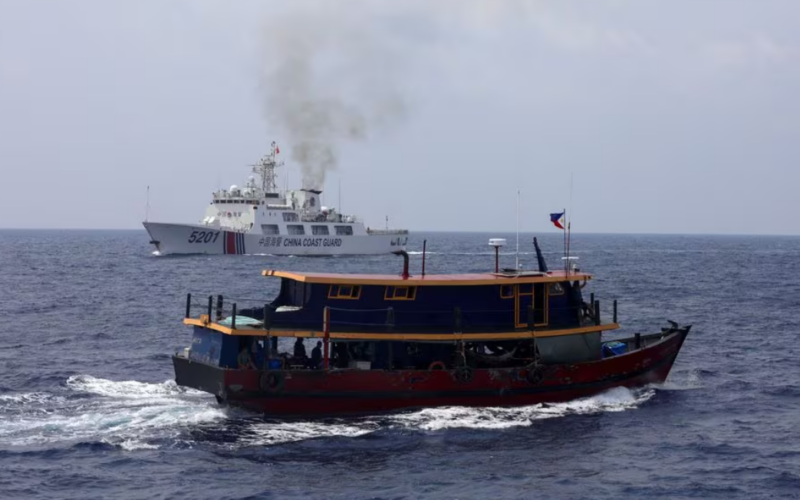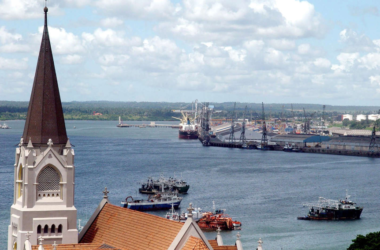In a stark escalation of rhetoric, Chinese state media has characterized Philippine actions in the South China Sea as ‘extremely dangerous,’ amplifying existing geopolitical tensions in the region. The pronouncement, laden with diplomatic implications, underscores the complexities surrounding territorial disputes, maritime security, and the broader strategic maneuvers by nations in the contested waters.
The South China Sea, a strategically vital waterway, has been a focal point of territorial disputes involving China and several Southeast Asian nations, including the Philippines. The recent characterization by Chinese state media adds a layer of intensity to the ongoing debates surrounding sovereignty, territorial integrity, and maritime rights.
From a journalistic standpoint, the coverage of Chinese state media’s description of Philippine actions in the South China Sea presents an opportunity to delve into the intricacies of the territorial disputes and the geopolitical implications of such strong rhetoric. Interviews with experts in international relations, regional security, and maritime law can provide valuable insights into the historical context and contemporary dynamics shaping the tensions in the region.
The term ‘extremely dangerous’ used by Chinese state media invites scrutiny into the specific actions or policies perceived as provocative. Analyzing the nature of these actions, whether related to military deployments, territorial claims, or diplomatic maneuvering, is crucial to understanding the nuances of the geopolitical landscape in the South China Sea.
The South China Sea, a critical maritime corridor, is rich in natural resources and serves as a key shipping route for global trade. The overlapping territorial claims by China, the Philippines, Vietnam, Malaysia, Taiwan, and Brunei have fueled longstanding tensions, with each nation asserting its rights and interests in the contested waters.
The characterization of Philippine actions as ‘extremely dangerous’ amplifies the diplomatic challenges faced by nations navigating the complex geopolitics of the South China Sea. The strategic importance of the region has drawn global attention, with major powers closely monitoring developments and asserting their own interests in the maritime disputes.
The South China Sea disputes are not only about territorial sovereignty but also encompass broader geopolitical considerations. The balance of power in the Asia-Pacific region, influence over international trade routes, and the assertion of maritime rights all contribute to the intricate tapestry of tensions in this strategically significant area.
China’s expansive territorial claims, marked by the construction of artificial islands and military installations, have been a point of contention in the South China Sea. The characterization of Philippine actions as ‘extremely dangerous’ may be seen as part of a broader narrative aimed at influencing perceptions and reinforcing China’s position in the ongoing disputes.
As nations navigate the complexities of the South China Sea disputes, diplomatic channels remain crucial for conflict resolution and the promotion of regional stability. The strong rhetoric from Chinese state media underscores the need for nuanced diplomatic engagement, dialogue, and international cooperation to address the root causes of tensions and avoid potential escalations.
In conclusion, the characterization of Philippine actions in the South China Sea as ‘extremely dangerous’ by Chinese state media adds fuel to existing geopolitical tensions in the region. Understanding the historical context, the nature of the disputed claims, and the broader strategic considerations at play is essential for comprehending the intricacies of the South China Sea disputes. As nations grapple with the complexities of asserting their interests in this vital maritime corridor, diplomatic efforts and international cooperation remain pivotal in fostering stability and preventing further escalation in this geopolitically charged arena.








